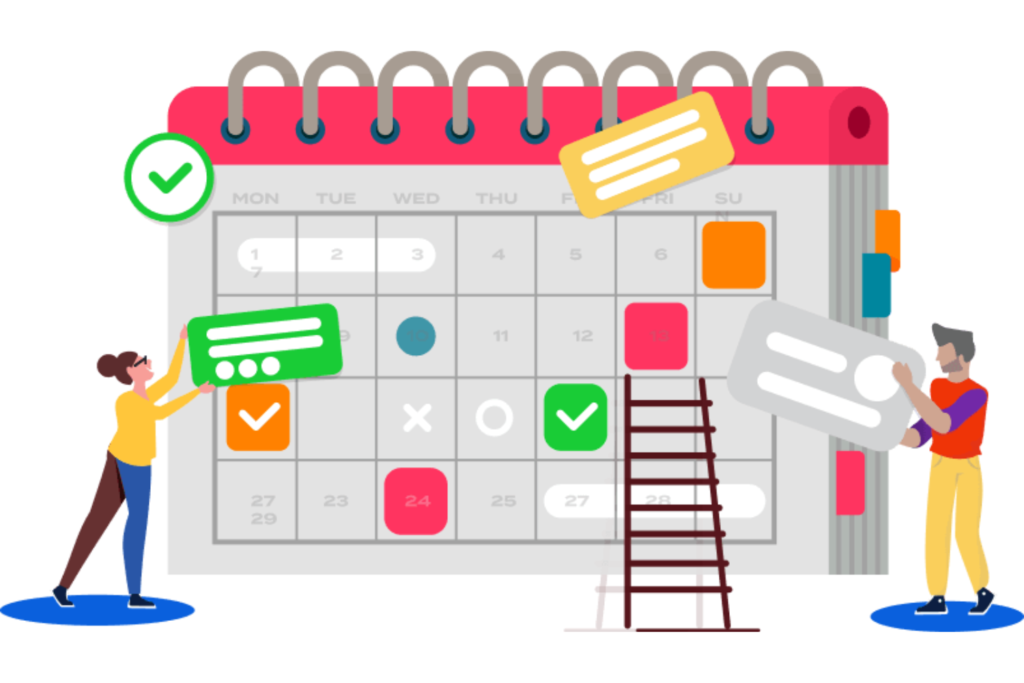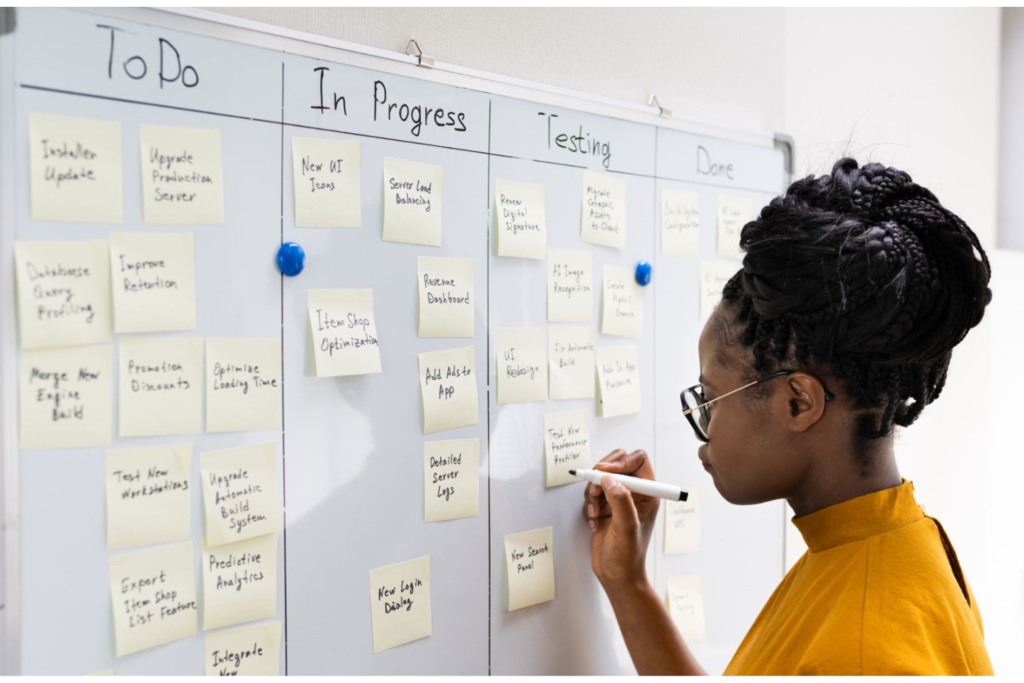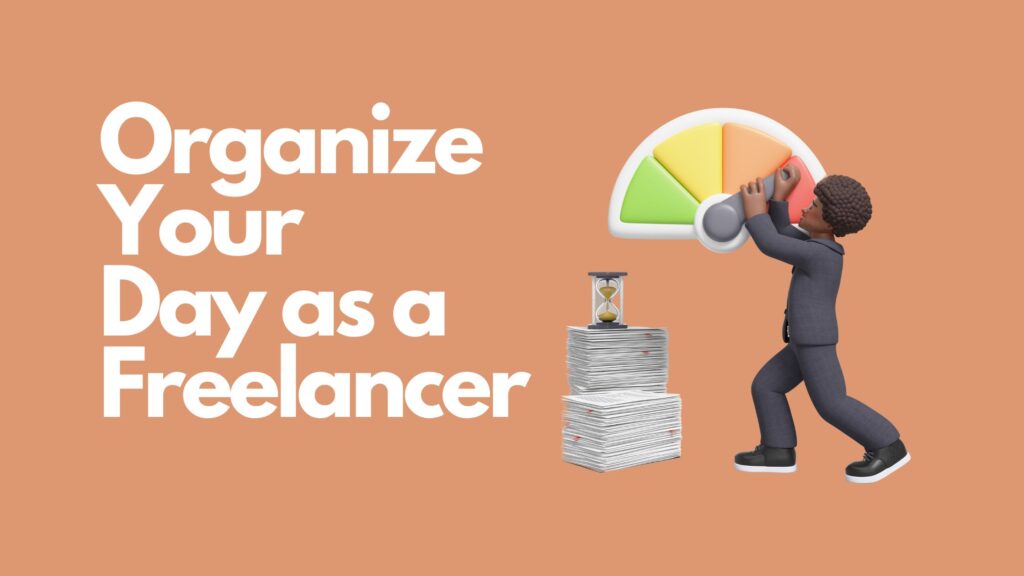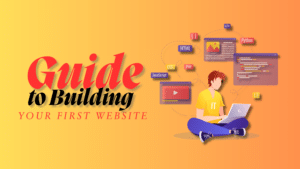Freelancing offers great freedom. You can choose your clients, projects, and working hours. However, this freedom comes with challenges. Without a traditional office, staying organized can be tough. It’s easy to feel overwhelmed by tasks and deadlines. That’s why effective organization is essential. It helps boost your productivity and improves your work-life balance. In this article, we’ll explore five powerful tips to help you effortlessly organize your day as a freelancer.
Tip 1: Establish a Consistent Routine
A consistent routine helps you stay focused. It creates a structure for your day. When you set regular work hours, you create boundaries between work and personal time.
Set Regular Work Hours

Decide on specific work hours and stick to them. For example, you might choose to work from 9 a.m. to 5 p.m. By following this schedule, you signal to yourself and others when you are available for work. This helps create a sense of normalcy and can increase your productivity.
Incorporate Morning Rituals
Morning rituals are a great way to start your day. They help prepare your mind for work. You might begin your day with a short workout, meditation, or even reading a book. This time is essential for setting a positive tone for the day ahead. Consider spending 15-30 minutes on activities that energize and focus you. This preparation can make a big difference in your overall productivity.
For more tips on establishing a routine, check out this article from MindTools.
Tip 2: Prioritize Tasks Using the 1-3-5 Rule
Managing multiple projects can be overwhelming. The 1-3-5 Rule can help you prioritize your tasks effectively.
Identify Your Tasks
At the start of each day, identify what you need to accomplish. According to the 1-3-5 Rule, choose one large task, three medium tasks, and five small tasks.
- One Large Task: This is your primary focus for the day. It could be finishing a major project or preparing for a significant client meeting. Make this your top priority.
- Three Medium Tasks: These tasks are important but less time-sensitive than your large task. They might include responding to emails, drafting a proposal, or making revisions.
- Five Small Tasks: These are quick tasks that can be done in short bursts. Examples include scheduling social media posts, organizing files, or making phone calls.
By focusing on a few key tasks, you can manage your workload more effectively. This approach also gives you a sense of accomplishment as you check off tasks throughout the day.
To learn more about task prioritization, visit Todoist’s guide.
Tip 3: Utilize Project Management Tools
Using project management tools can greatly enhance your organization. These tools help you track projects, deadlines, and collaborations.
Choosing the Right Tool
Select a project management tool that fits your needs. Some popular options include Asana, Trello, and ClickUp. Each tool offers unique features that can help you stay organized.
For example, Trello uses a simple board system that allows you to create lists for different stages of your projects. Asana is great for tracking tasks and assigning them to team members.
The Whiteboard Theory

In addition to digital tools, consider the whiteboard theory. This method uses a physical whiteboard to visualize your tasks. Divide the board into three columns: To-Do, In Progress, and Done.
- To-Do: Write down all the tasks you need to complete.
- In Progress: Move tasks here as you begin working on them.
- Done: Once you complete a task, transfer it to this column.
This visual representation keeps your tasks organized and provides a sense of progress as you move items to the “Done” section.
For more on the whiteboard method, you can read about it on Lifehacker.
Tip 4: Minimize Distractions
Distractions can derail your focus and productivity. By creating a dedicated workspace and managing digital interruptions, you can maintain your concentration.
Create a Dedicated Workspace
Establish a workspace that is free from distractions. Choose a quiet area in your home where you can set up your desk. Make this space comfortable and inspiring. Personalize it with items that motivate you. Having a dedicated workspace helps signal to your brain that it’s time to work.
Manage Digital Interruptions
Digital distractions can be a major hurdle. Use website blockers like Cold Turkey or Freedom to limit access to distracting sites during work hours. These tools can help you stay focused by reducing the temptation to check social media or browse the internet.
You should also silence notifications on your phone and computer. This reduces interruptions and helps you concentrate. Schedule specific times to check your email and social media. This keeps distractions to a minimum and allows you to focus on your tasks.
Tip 5: Incorporate Regular Breaks and Downtime
While working hard is important, taking regular breaks is equally vital. Breaks help prevent burnout and improve your overall well-being.
Schedule Breaks
Incorporate short breaks into your daily routine. The Pomodoro Technique is one effective method. Work for 25 minutes and then take a 5-minute break. These intervals help refresh your mind and increase productivity. Use your break time to stretch, take a walk, or enjoy a healthy snack.
Engage in Leisure Activities

In addition to scheduled breaks, make sure to include leisure activities in your day. Whether it’s reading, exercising, or spending time with family, these activities are essential for relaxation and recharging your energy. Engaging in things you enjoy outside of work can boost your mood and improve your focus when you return to your tasks.
For more on maintaining a healthy work-life balance, check out this resource from the Mayo Clinic.
Day summary of freelancer
Organizing your day as a freelancer is crucial for boosting productivity and achieving a healthy work-life balance. By following these five powerful tips—establishing a consistent routine, prioritizing tasks with the 1-3-5 Rule, utilizing project management tools, minimizing distractions, and incorporating regular breaks—you can create a structured and efficient workflow.
Remember the whiteboard theory as a valuable visual tool for managing your tasks. Implementing these strategies will help you take control of your day and enhance your overall well-being. Start using these tips today and watch how they transform your freelance journey!






